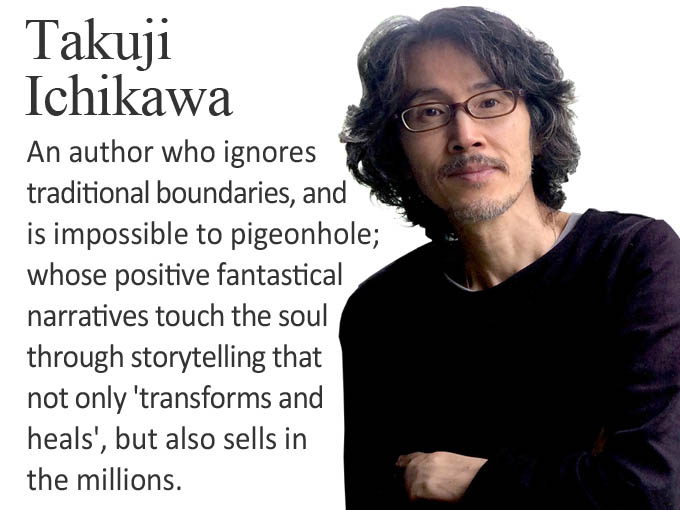Japan’s oldest novel and perhaps even the world’s oldest is The Tale of Genji[UPDATED: 2-12-2018]
The Tale of Genji written by Murasaki Shikibu, in 1010, during Japan’s Heian Period (794-1185) is said to be Japan’s oldest novel and perhaps even the world’s oldest novel, if a novel is defined as prose narrative of significant length.
However, there were also many poets and writers during this period and earlier including many notable women who wrote autobiographical narratives in diaries, memoirs and poetic writings and essays such as the Pillow Book by Sei Shonagon.
Fragments from the original scroll The Tale of Genji was written on have survived and are preserved at two Japanese museums.
However, there were also many poets and writers during this period and earlier including many notable women who wrote autobiographical narratives in diaries, memoirs and poetic writings and essays such as the Pillow Book by Sei Shonagon.
Fragments from the original scroll The Tale of Genji was written on have survived and are preserved at two Japanese museums.
- TOPICS:
- Culture
- History
- Women Writers

